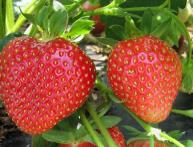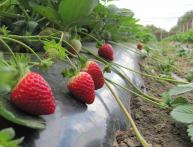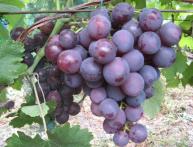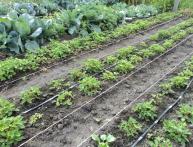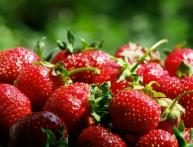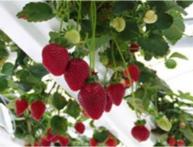Planting and caring for blackberries requires studying the characteristics of the plant.
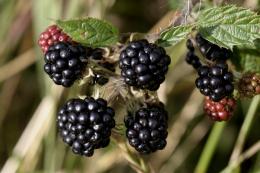
Blackberry, just like raspberries, they have a two-year shoot development cycle - in the first year they grow, buds form, and in the second year the shoots begin to bear fruit. Late flowering of blackberries, in June, ensures that the flowers will not be damaged by spring frosts, and the air temperature will be high enough for the normal ripening of a bountiful harvest. What is attractive to gardeners is the plant’s ability to bear fruit already in the second year after planting. Planting and caring for blackberries are not particularly difficult, but if you want to grow a good harvest, it will not hurt to learn some of the features of caring for the plant.
Blackberry is an unpretentious plant, but she does not like carbonate and saline soils. The highest yield can be produced by a plant planted on loamy soils with good drainage. Blackberries are very sensitive to fertilizing and fertilizers. For planting, it is better to choose places protected from the wind and warmed by the sun.
It is best to plant blackberries in the spring.. Directly into the hole, before planting the plant, it is advisable to add half a bucket of humus, 150 grams of superphosphate, 50 grams of potassium fertilizers. Enriched soil is placed slightly above the roots so as not to cause burns to them. The distance between seedlings should not be less than 1 m, and it is better to place the rows at a distance of 1.8-2 m.
If a raspberry-blackberry hybrid is planted, then the distance should be calculated taking into account the size of the adult bush. The height of the trellises for blackberries should be at least 2 m.
Planting and caring for blackberries also requires knowledge of the characteristics of this plant.. Since fruits are set only on last year’s stems, the best option would be separate placement of growing and fruiting shoots. Young shoots are tied as they grow. The shoots that have finished bearing fruit are cut out from the ground, taken outside the site and burned.
Particular attention is required when preparing bushes for wintering.. It is advisable to insulate non-frost-resistant blackberry varieties; the best way to do this is to lay the shoots on the ground and sprinkle them with leaves and peat, then cover them with snow. In spring, the bushes should be opened before the buds begin to swell. During the same period, formative pruning of the plant is carried out, shoots growing in an undesirable direction are pinched.



